The American Midwest often suffers from reductive stereotypes that paint it as a monolithic region of flat farmland, declining industrial centers, and cultural homogeneity. Yet scattered across this vast heartland are vibrant small towns that defy these simplistic characterizations through distinctive architecture, thriving arts scenes, surprising cultural diversity, and natural beauty rarely associated with the stretch between the Appalachians and Rockies.
Here is a list of 15 remarkable Midwestern towns that showcase the region’s overlooked complexity, offering experiences that challenge preconceptions and reveal the true character of America’s interior.
Traverse City, Michigan
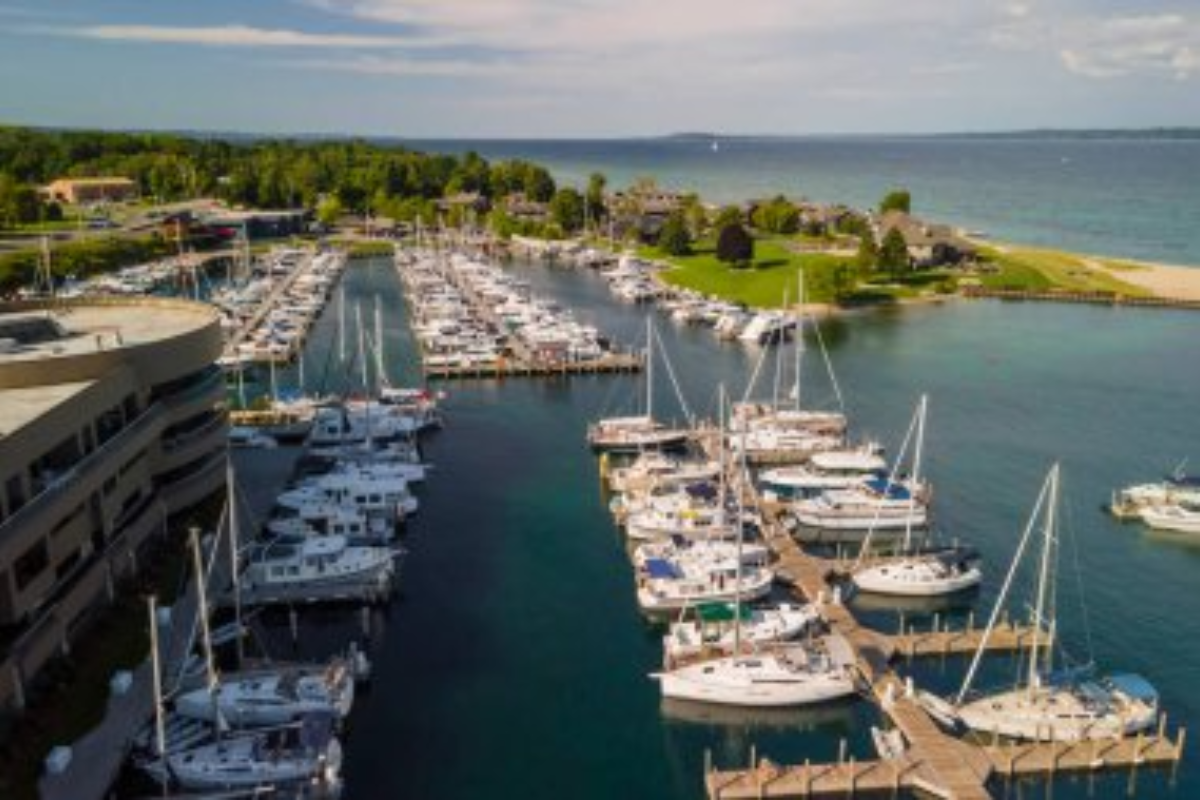
Nestled along Grand Traverse Bay with rolling vineyards climbing the surrounding hills, this northern Michigan town combines water sports, wine culture, and farm-to-table dining in a package more commonly associated with coastal regions. The former state mental asylum has transformed into The Village at Grand Traverse Commons, where Victorian-Italianate buildings now house boutiques, restaurants, and apartments around expansive landscaped grounds.
The internationally recognized Traverse City Film Festival, founded by documentarian Michael Moore, brings cinema from around the world to multiple downtown venues each summer. Just beyond town, the Sleeping Bear Dunes National Lakeshore features massive sand mountains rising 400 feet above Lake Michigan—a landscape visitors frequently mistake for ocean coastline.
Yellow Springs, Ohio

This progressive enclave gained its distinctive character as home to antiwar Antioch College, attracting intellectuals, artists, and activists who created a culturally vibrant community that stands in contrast to the surrounding farm country. Colorful Victorian buildings house independent bookstores, fair-trade shops, and vegetarian-friendly restaurants along streets named after early abolitionists, reflecting the town’s legacy as a stop on the Underground Railroad.
The village is committed to environmental stewardship through a municipal utility that sources renewable energy and extensive bicycle infrastructure connecting to the 78-mile Little Miami Scenic Trail. The natural spring that gives the town its name still flows in a preserved glen where unusual yellow-tinted limestone deposits create striking formations.
Like Travel Pug’s content? Follow us on MSN.
Decorah, Iowa

Norwegian heritage shapes this northeastern Iowa town, where the Vesterheim Norwegian-American Museum houses the most comprehensive collection of Norwegian-American artifacts in the world. The town celebrates this heritage through seasonal festivals featuring traditional foods, music, and dance, attracting visitors and participants from Norway itself.
Beyond cultural offerings, the area’s unusual geology—featuring limestone bluffs and cold-water springs—supports exceptional trout fishing and a thriving outdoor recreation economy centered on the Upper Iowa River. The town serves as headquarters for Seed Savers Exchange, preserving thousands of heirloom plant varieties on a picturesque 890-acre heritage farm that welcomes visitors interested in agricultural biodiversity and food sovereignty.
Mineral Point, Wisconsin

Wisconsin’s third-oldest city preserves a remarkable collection of limestone buildings constructed by Cornish miners in the 1830s and 1840s, creating a European village atmosphere unique in the Midwest. These distinctive structures—many featuring walls several feet thick with deep-set windows—now house galleries, studios, and shops focused on traditional crafts like pottery, blacksmithing, and printmaking.
The town’s mining history comes alive at Pendarvis Historic Site, where restored cottages demonstrate the living conditions of early immigrants who brought Cornish pasty recipes that remain regional specialties. The surrounding countryside features rolling hills that contradict flat Midwestern stereotypes, with spring-fed streams running through valleys between ridges topped with ancient oak savannas.
Grand Marais, Minnesota
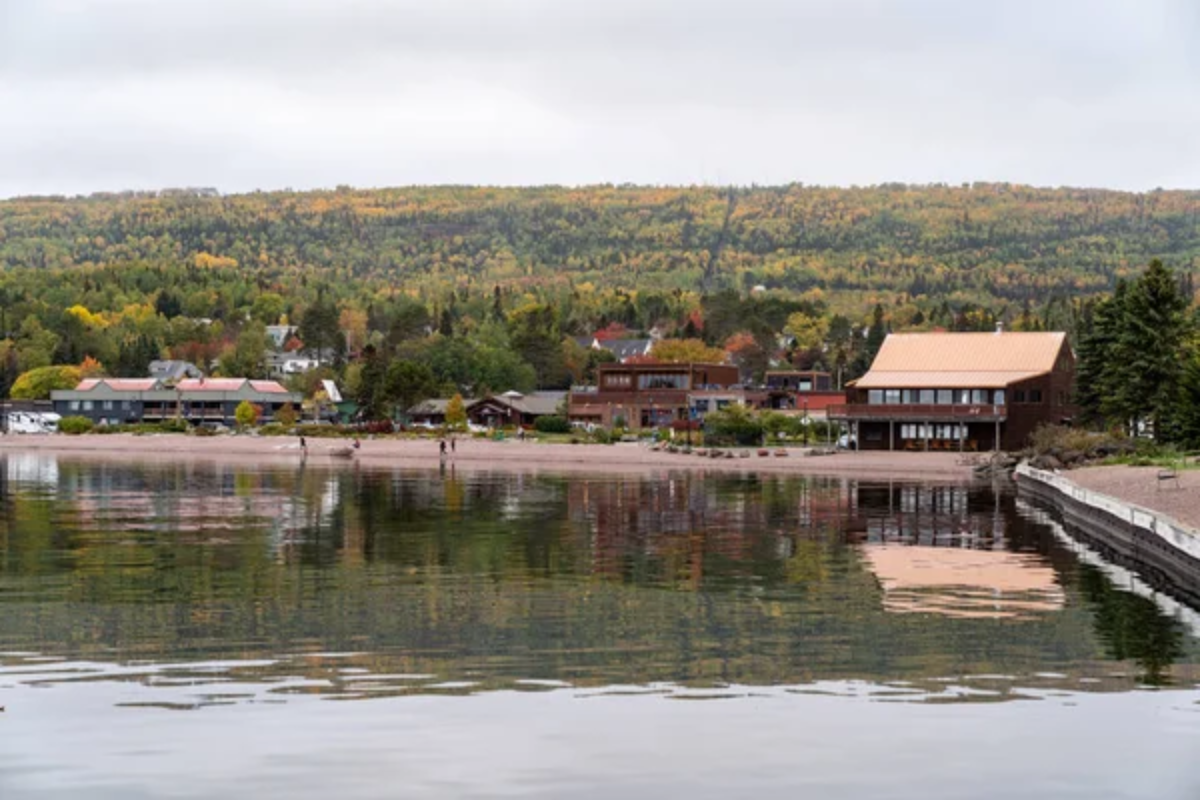
Perched on Lake Superior’s North Shore, this former fishing village has transformed into an arts colony with a year-round population of just over 1,300 that expands dramatically each summer. The North House Folk School offers courses in traditional northern crafts, from boat building to basket weaving, while numerous galleries showcase work inspired by the boreal landscape.
Despite its remote location—over 100 miles from the nearest major city—the town supports multiple farm-to-table restaurants serving locally foraged ingredients like morel mushrooms and native berries. The surrounding wilderness provides immediate access to the Boundary Waters Canoe Area, while the Sawtooth Mountains rise directly behind town, creating alpenglow effects over the harbor at sunset that draw photographers from across the country.
Like Travel Pug’s content? Follow us on MSN.
Madrid, Iowa
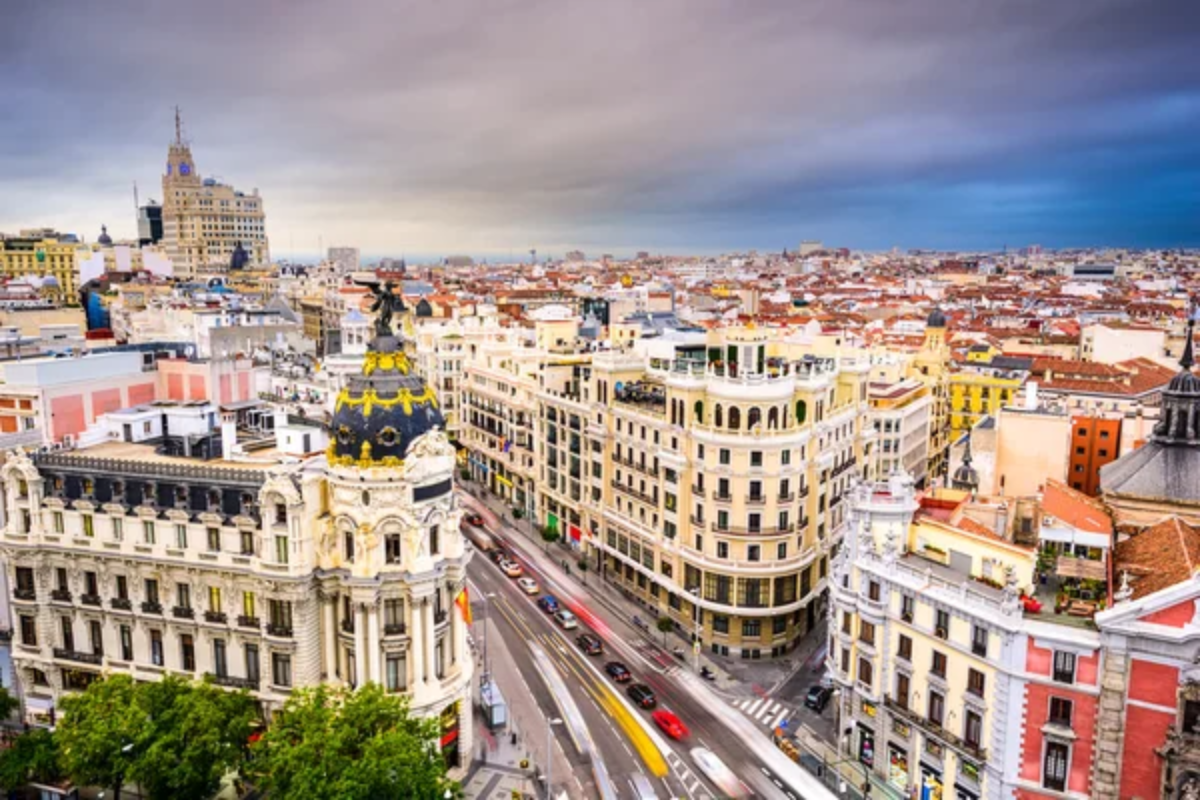
Pronounced with an emphasis on the first syllable (MAD-rid), unlike its Spanish namesake, this former coal mining town has reinvented itself through grassroots artistic endeavor. The transformation began when a group of artists purchased abandoned storefronts in the 1970s, establishing studios and galleries that now draw visitors to a downtown that nearly disappeared after mine closures.
The community’s creative spirit manifests most visibly in the annual Iowa Sculpture Festival and through public art installations throughout town, including recycled material sculptures that reference the area’s mining heritage. The High Trestle Trail—featuring a spectacular half-mile bridge illuminated with blue LED lights after dark—passes through town, bringing cyclists who contribute to the local economy while connecting Madrid to central Iowa’s extensive trail network.
Nashville, Indiana

The unexpected arts colony in Brown County developed when landscape painters discovered the area’s unusual topography in the early 20th century, establishing a tradition that continues through dozens of galleries and studios. The town’s distinctive character derives from its position within the hills of southern Indiana—terrain more reminiscent of Appalachia than typical Midwestern landscapes.
The surrounding hardwood forests create spectacular fall color displays that draw photographers and painters each autumn, while nearby Brown County State Park offers 16,000 acres of wilderness surprisingly close to Indianapolis. The town balances its tourist appeal with authentic local traditions like country music performances that connect to the region’s settlement by migrants from Kentucky and Tennessee rather than the northern European populations common elsewhere in the Midwest.
Hermann, Missouri
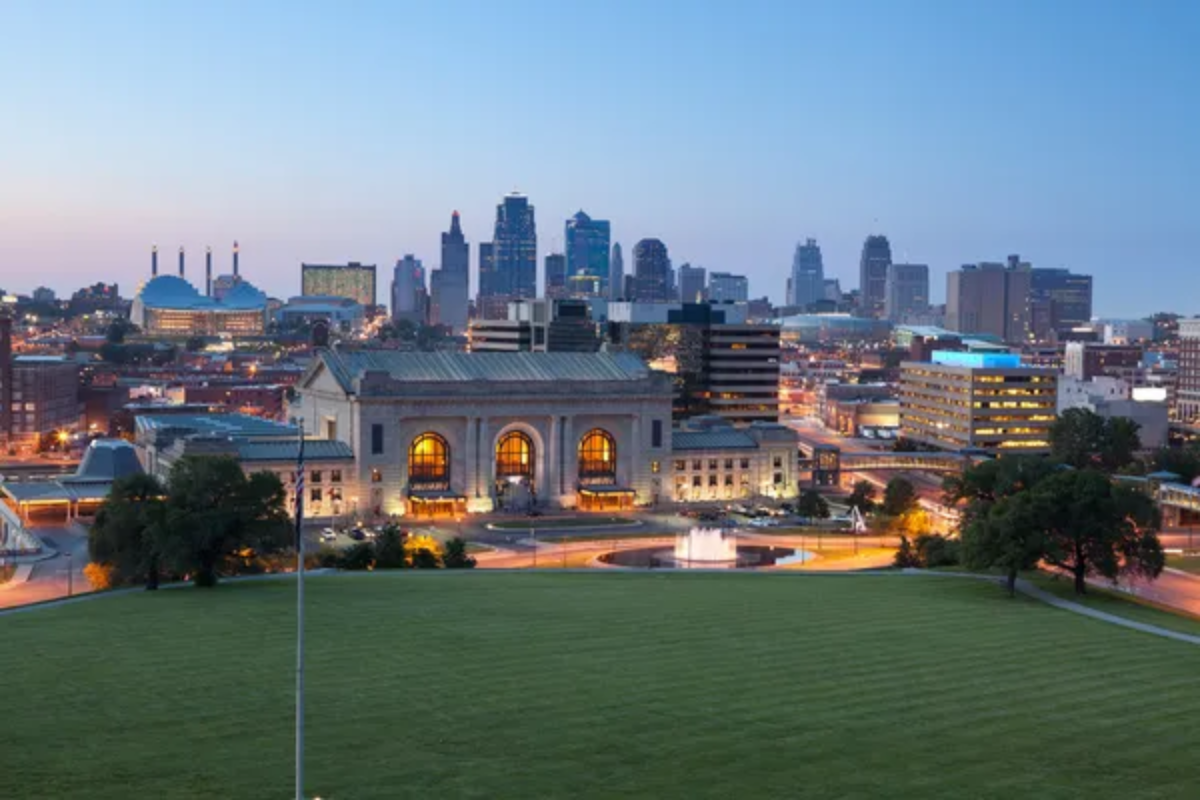
German immigrants established this riverside town in the 1830s, deliberately creating a settlement that would preserve their cultural heritage in the New World. Their legacy continues through stone buildings housing wineries that produce distinctive Missouri varieties, while German architectural influences appear in the town’s brick homes featuring decorative woodwork and steep roofs.
The Deutschheim State Historic Site preserves period-furnished buildings from the 1840s that demonstrate early German-American life, while seasonal events like Maifest and Oktoberfest feature traditional music and dance. The surrounding countryside supports vineyards on steep hillsides above the Missouri River—a landscape reminiscent of German wine regions that attracted the original settlers seeking familiar terrain in their adopted homeland.
Like Travel Pug’s content? Follow us on MSN.
Galena, Illinois

Preserved Victorian architecture lines the main street of this former lead-mining boomtown, where 85% of buildings are listed on the National Register of Historic Places. The town’s unusual topography—built on steep hillsides along the Galena River—creates a distinctive multi-level downtown, unlike typical Midwestern main streets.
Historic homes belonging to nine Civil War generals, including Ulysses S. Grant’s pre-presidential residence, now operate as museums interpreting the town’s significance during a pivotal period in American history. The surrounding countryside features dramatic limestone bluffs and rolling hills that escaped the glacial flattening affecting most of Illinois, creating a landscape that surprises visitors expecting cornfield horizons.
New Harmony, Indiana
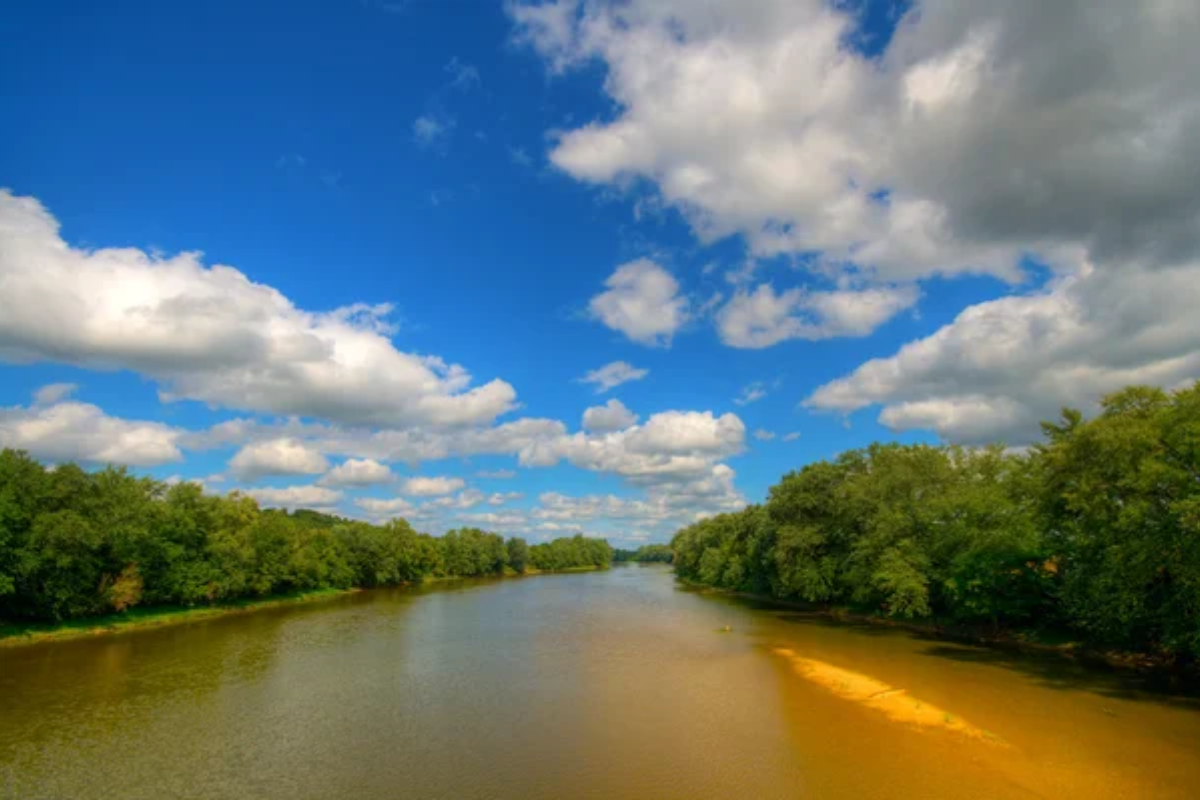
Founded twice—first by German religious separatists in 1814, then acquired by social reformers seeking to create a utopian intellectual community in 1825—this small town along the Wabash River maintains its experimental spirit through contemporary architecture and outdoor sculpture. The Roofless Church, designed by renowned architect Philip Johnson, creates a contemplative space enclosed by brick walls but open to the sky, while the modernist Atheneum serves as the town’s visitor center.
The original Harmonists’ belief in geometric significance appears through the preserved Harmonist Labyrinth, a hedge maze recreated from original designs. This layered history creates a community where historic preservation coexists with avant-garde design in a thoughtfully maintained landscape that invites contemplation of American utopian traditions.
Lindsborg, Kansas
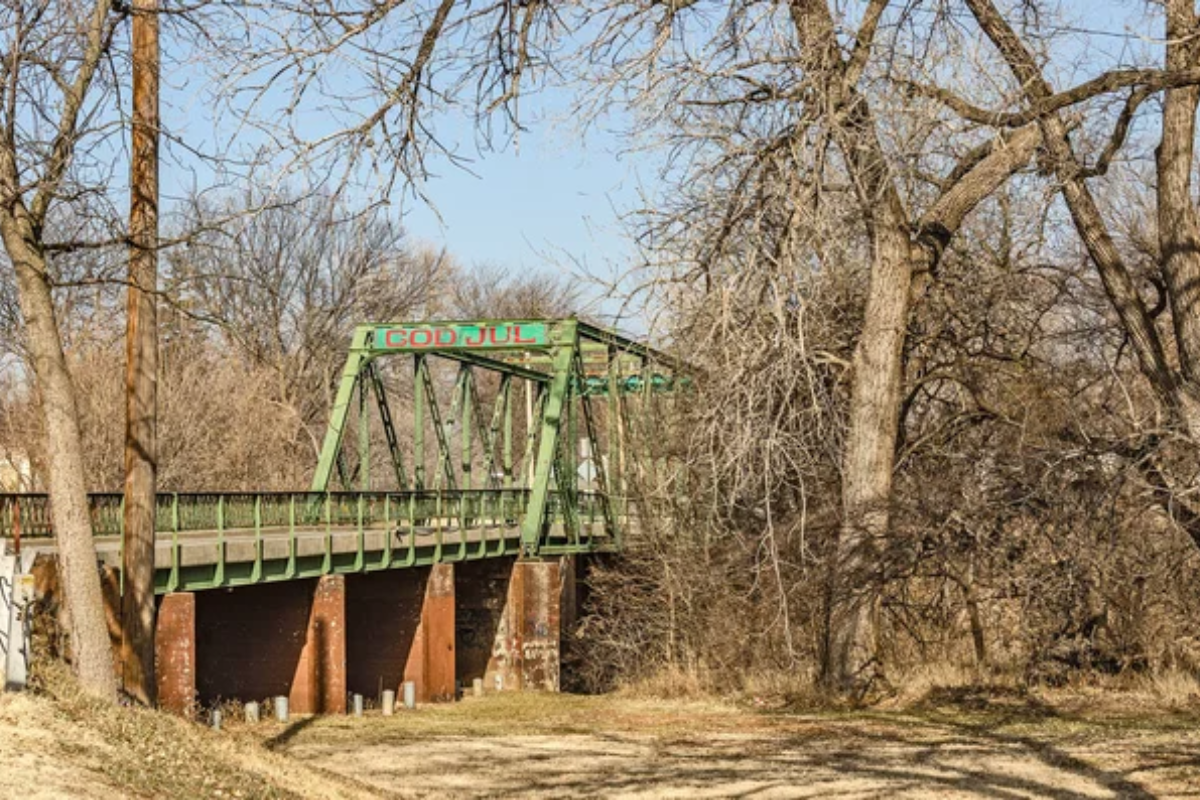
Known as “Little Sweden,” this central Kansas town maintains Swedish traditions brought by immigrants in the 1860s, visible through distinctive architecture, public art, and cultural celebrations. Dala horses—traditional Swedish wooden folk art—appear as both hand-carved souvenirs in shops and as large public sculptures throughout town, painted in traditional folk patterns.
The biennial Svensk Hyllningsfest celebrates the community’s heritage with traditional music, dance, and cuisine, while the Swedish Pavilion—originally built for the 1904 St. Louis World’s Fair—stands preserved in Riverside Park. The town’s commitment to arts education manifests through Bethany College’s respected music programs that produce the Messiah Festival of the Arts, performed annually since 1882.
Like Travel Pug’s content? Follow us on MSN.
Medora, North Dakota
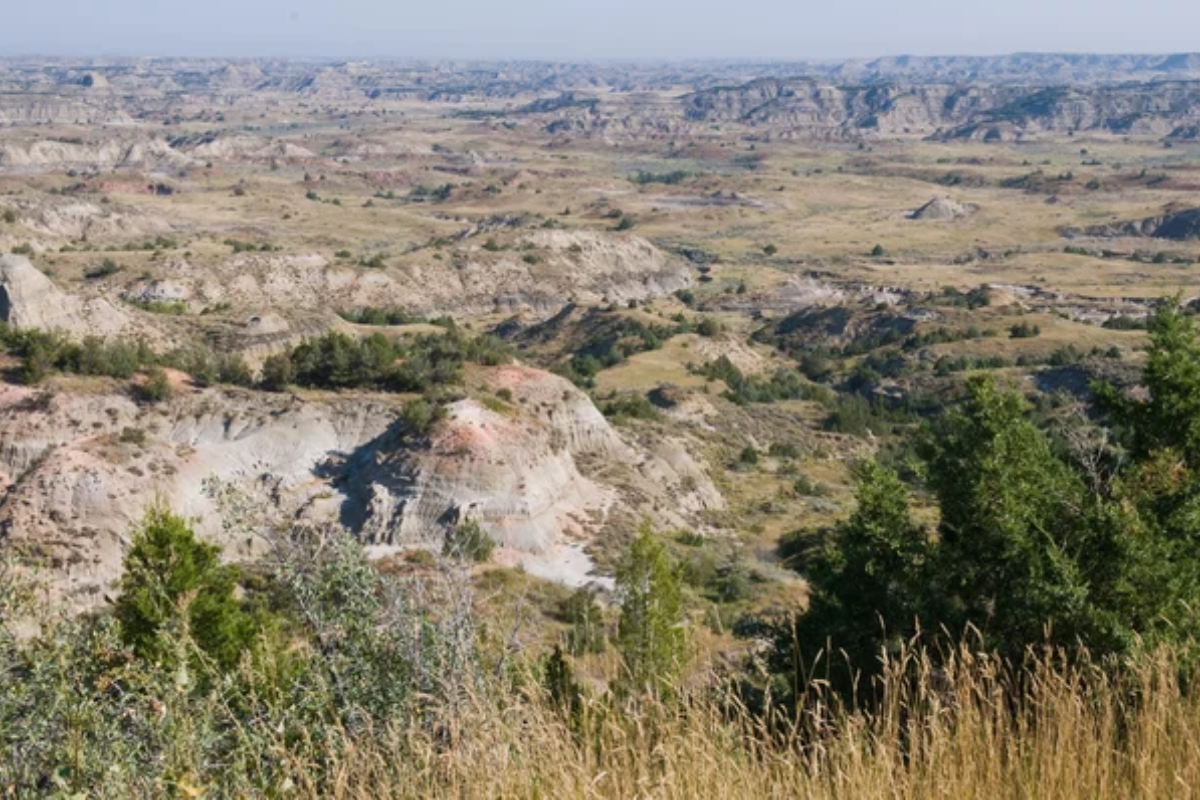
The rugged landscape of the North Dakota Badlands surrounds this tiny town (population 132) that serves as a gateway to Theodore Roosevelt National Park and preserves its character as a Western cattle town from the 1880s. Roosevelt’s time ranching here transformed his conservation ethics and directly influenced the development of America’s national park system, a legacy interpreted through preserved buildings and sites connected to his biography.
The outdoor Medora Musical presents the region’s history through summer performances in a natural amphitheater carved into a Badlands butte, while the North Dakota Cowboy Hall of Fame documents ranching culture. The surrounding landscape of eroded buttes, painted canyons, and prairie dog towns demonstrate the surprising diversity of Great Plains environments beyond the stereotypical flat farmland.
Nebraska City, Nebraska
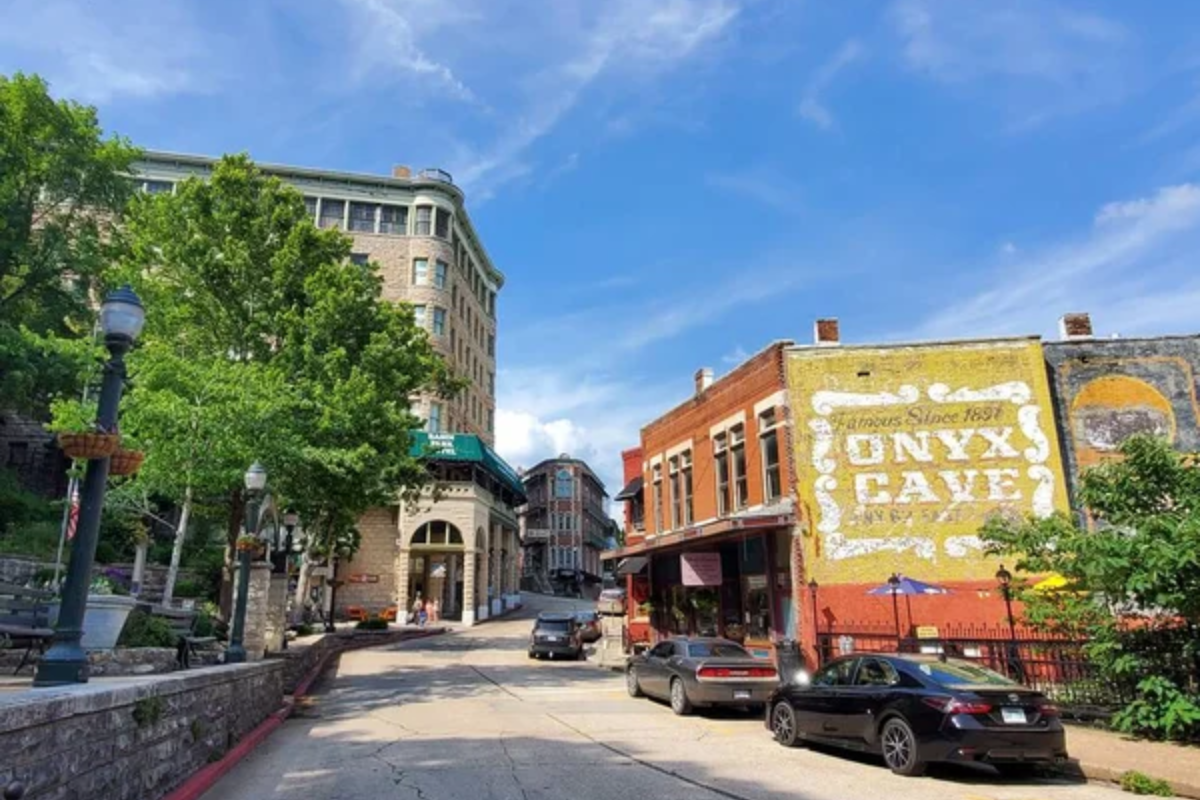
The hometown of Arbor Day founder J. Sterling Morton maintains his legacy through a remarkable urban forest and the 260-acre Arbor Lodge State Historical Park surrounding his preserved mansion. The town’s commitment to trees appears through extensive orchards producing apples, cherries, and unique varieties of nuts adapted to the Great Plains environment.
Multiple museums interpret specialized aspects of regional history, from the Missouri River Basin Lewis and Clark Center to the Kregel Windmill Factory Museum, showcasing the industrial innovation necessary for the agricultural development of the Plains. The town’s location on a migratory bird flyway attracts birdwatchers during spring and fall migrations when the Missouri River serves as a navigation highway for species traveling between Arctic breeding grounds and tropical wintering areas.
Lanesboro, Minnesota
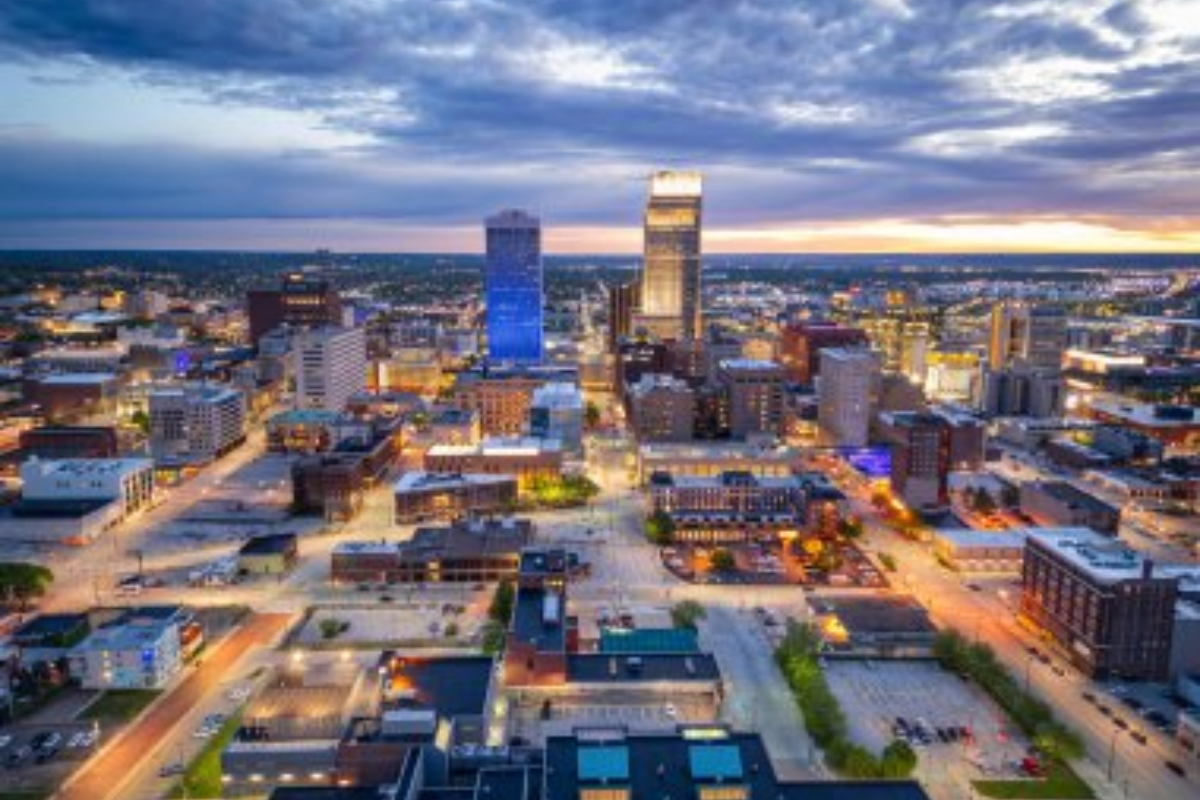
Limestone bluffs and spring-fed streams create a dramatic setting for this town in Minnesota’s Driftless Region—an area that escaped glacial flattening during the last ice age, preserving ancient topography unlike surrounding Midwestern landscapes. The Root River State Trail passes directly through downtown, making the town a hub for cycling, kayaking, and fly fishing while supporting businesses from bike shops to outfitters.
The town’s commitment to performing arts appears through the professional company at the Commonweal Theatre, while the agricultural traditions of the surrounding countryside connect to visitors through a vibrant farmers market featuring Amish producers from nearby communities. Historic buildings dating to the 1870s now house bed-and-breakfasts, restaurants, and shops specializing in locally produced arts and foods.
Like Travel Pug’s content? Follow us on MSN.
Eureka Springs, Arkansas

Victorian architecture clings to steep hillsides in this Ozark Mountain town, where more than 400 structures are listed on the National Register of Historic Places. The town developed around natural springs believed to have healing properties, creating a spa culture that attracted visitors from across the country in the late 19th century.
Today, those same springs emerge from stone basins throughout downtown, while the historic bathhouses have transformed into boutique hotels and restaurants. The town’s welcoming spirit has attracted diverse communities, creating an unexpectedly progressive enclave in the conservative Ozarks, with rainbow flags displayed alongside historic preservation plaques.
The surrounding mountains provide outdoor recreation opportunities, while the monumental Christ of the Ozarks statue and Great Passion Play attracts religious tourists to the same community that hosts a vibrant LGBTQ pride celebration.
Beyond Stereotypes
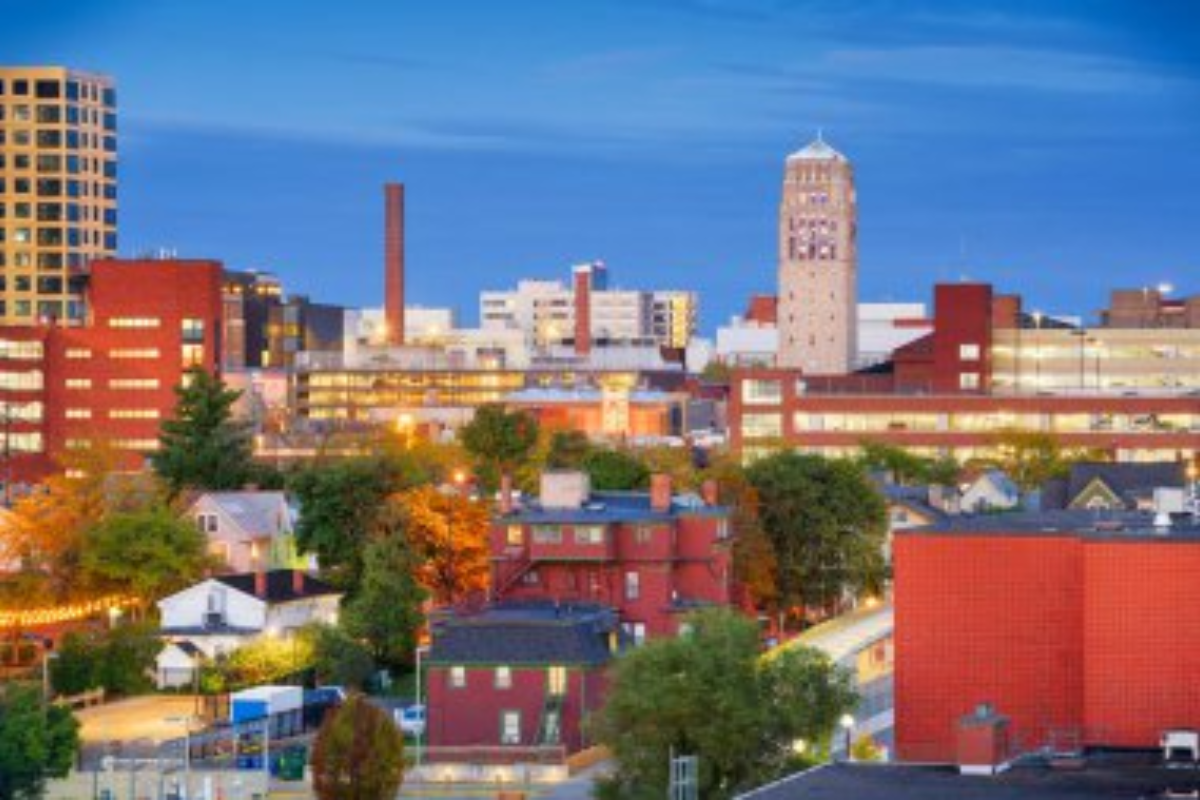
These fifteen towns demonstrate that the American Midwest defies simple characterization, containing communities shaped by diverse immigrant traditions, distinctive landscapes, artistic movements, and progressive ideals alongside more familiar agricultural and industrial narratives. From Norwegian folkways preserved in Iowa to contemporary architectural experiments in Indiana, these places showcase the cultural complexity often overlooked in discussions of America’s heartland.
Their thriving main streets, distinctive architectural heritage, and commitment to arts and culture challenge assumptions about rural decline, while their varied topography—from Great Lakes coastlines to Ozark Mountains—contradicts the persistent image of an endlessly flat landscape. For travelers willing to venture beyond standard itineraries, these communities offer authentic experiences that reveal the Midwest as it really exists: diverse, creative, and far more interesting than its stereotypes suggest.
More from Travel Pug

- Cities Growing so Fast You Won’t Recognize Them in 10 Years
- 13 Destinations Where Tourists Regularly Regret Their Trip
- 20 Obscure WWII Sites Even History Buffs Don’t Know About
- 10 Under-the-Radar Mountain Towns That Are Both Affordable and Beautiful
- Remote Villages in Europe Where You Can Live for Free in Exchange for Work
Like Travel Pug’s content? Follow us on MSN.
